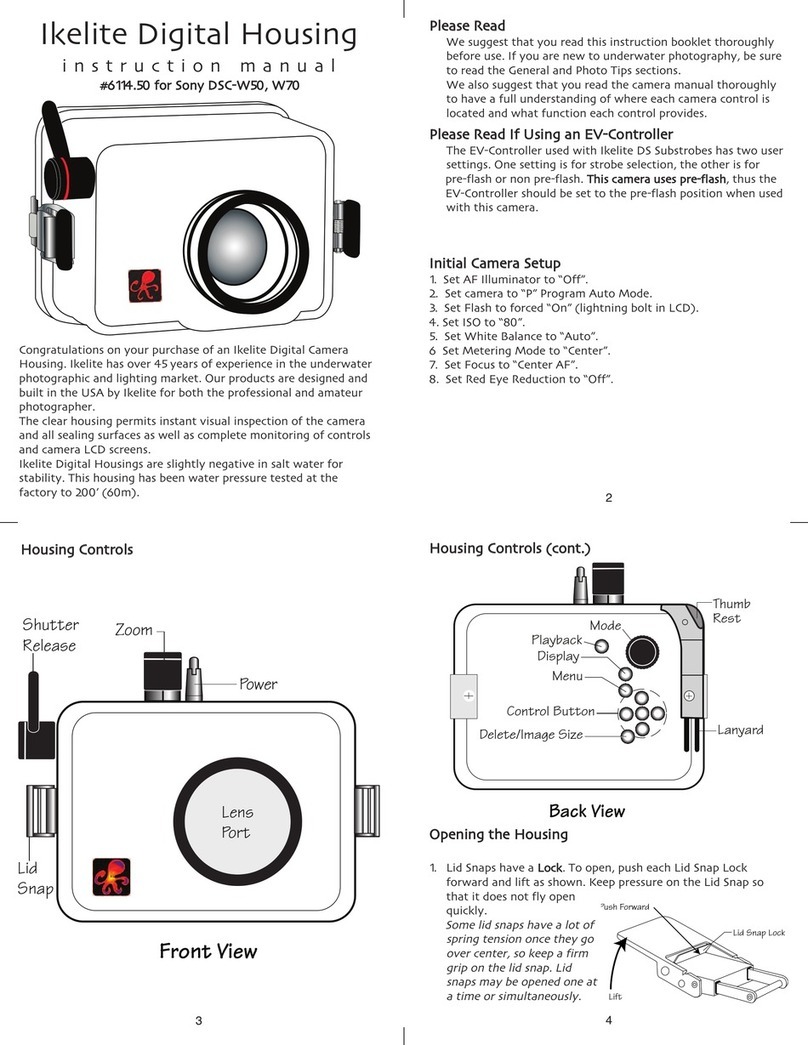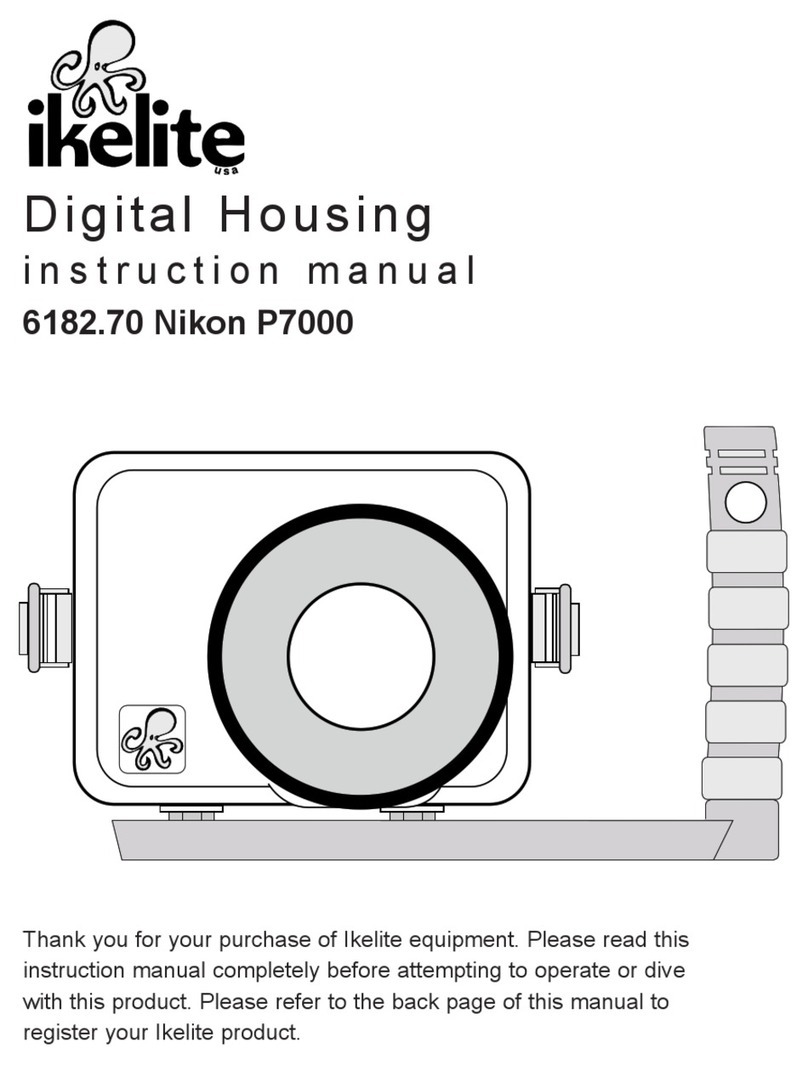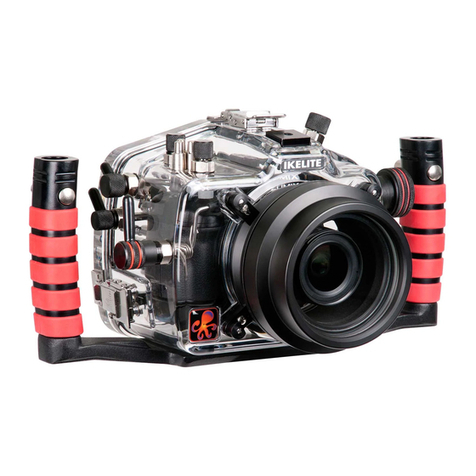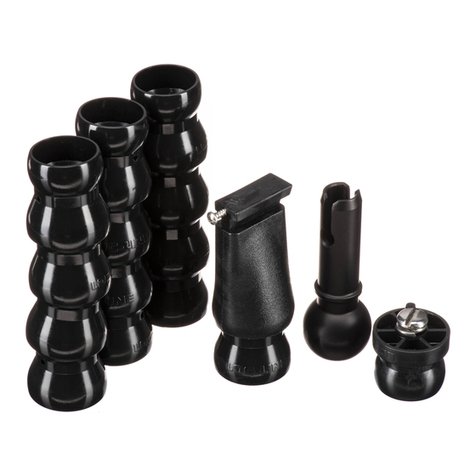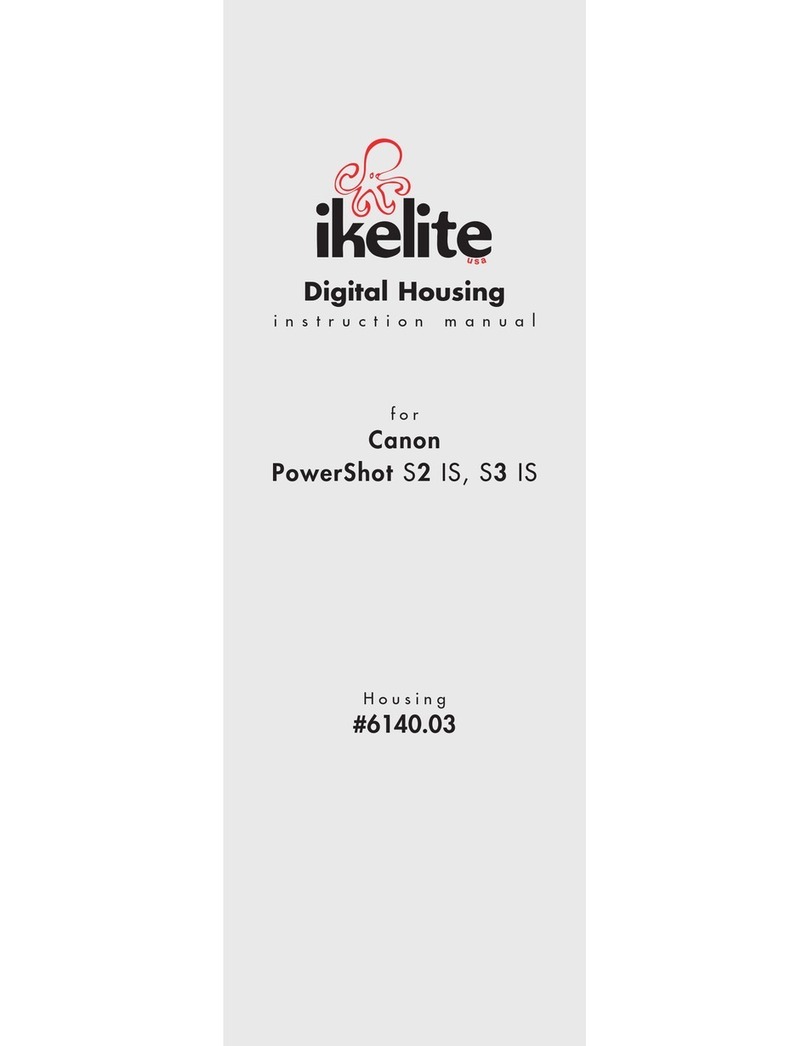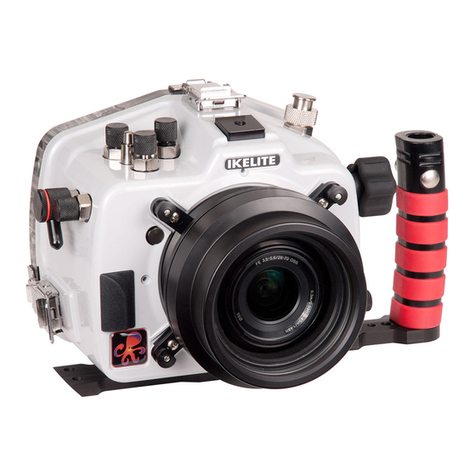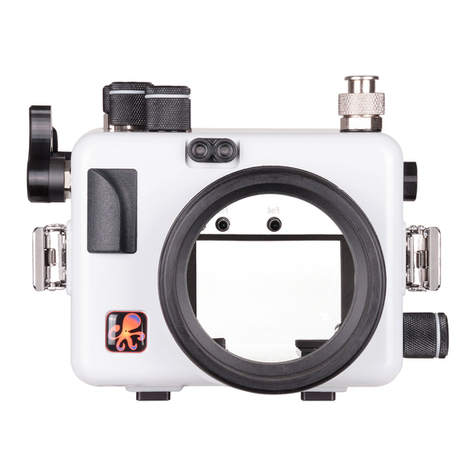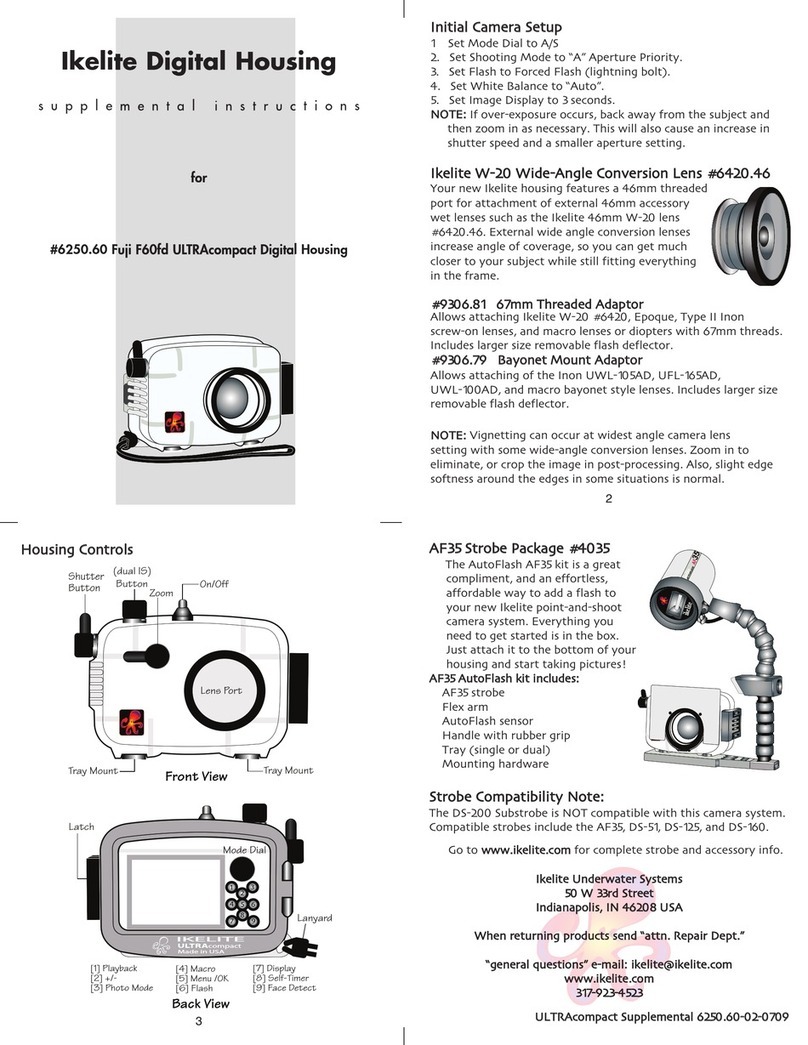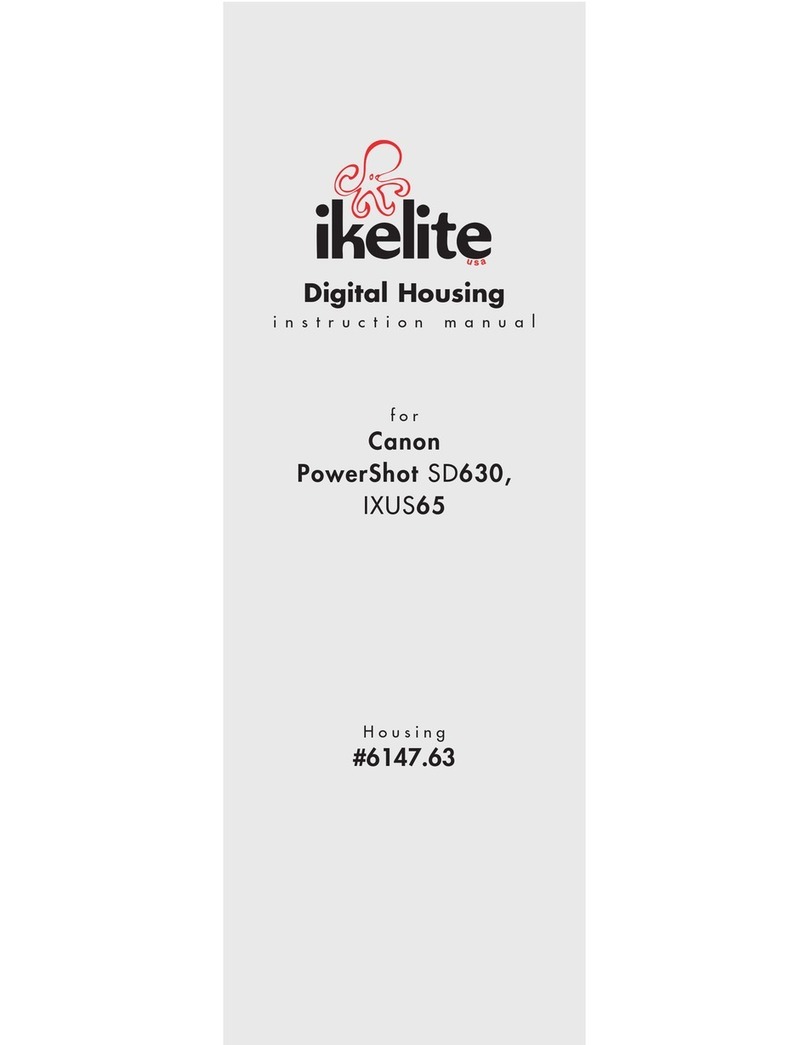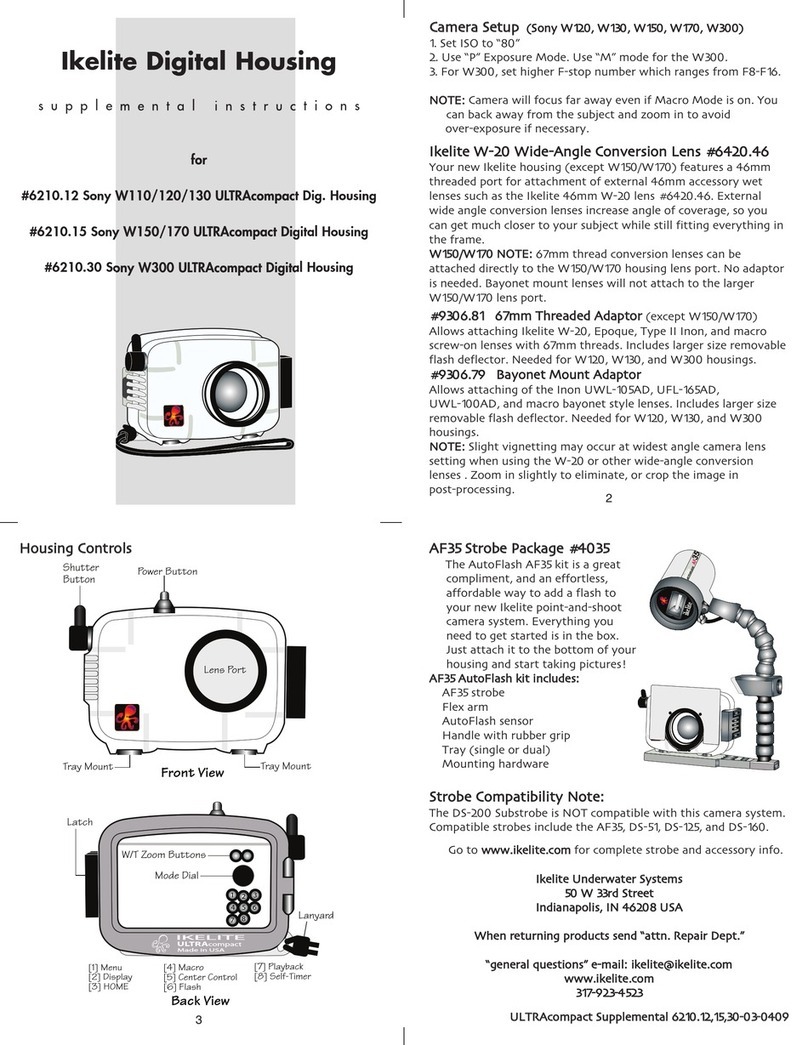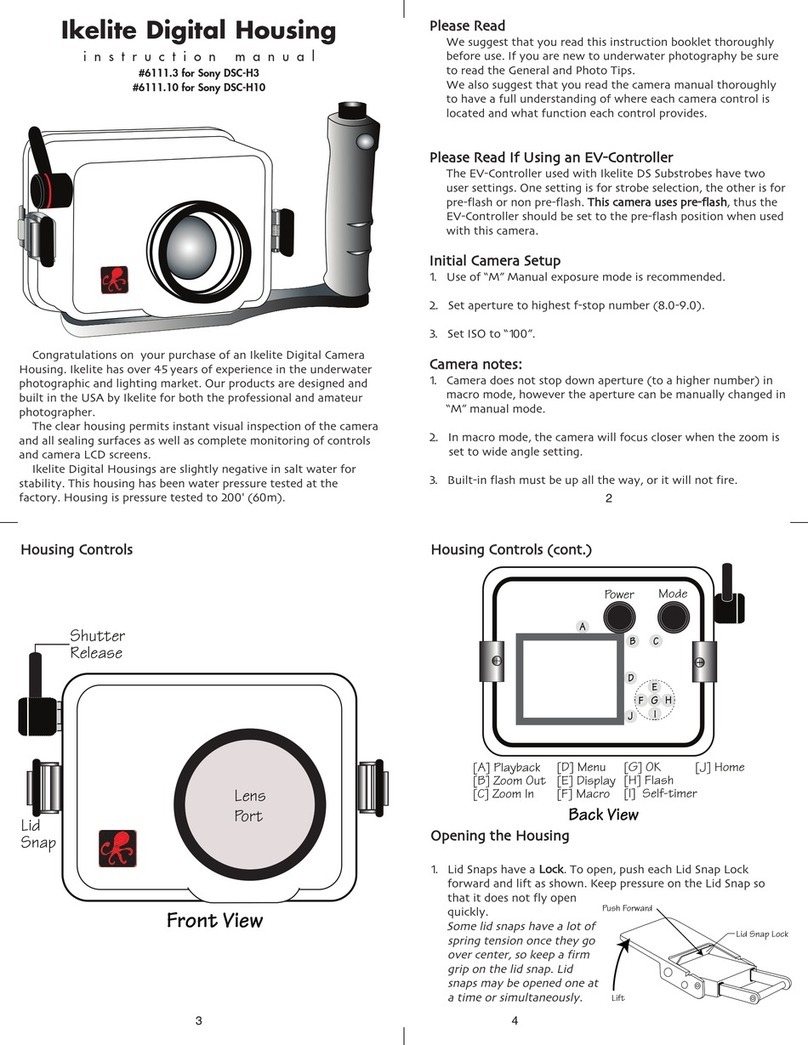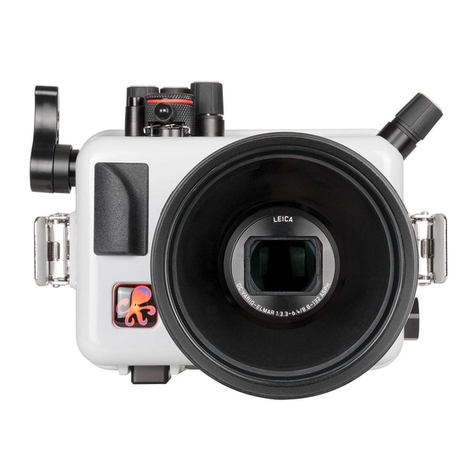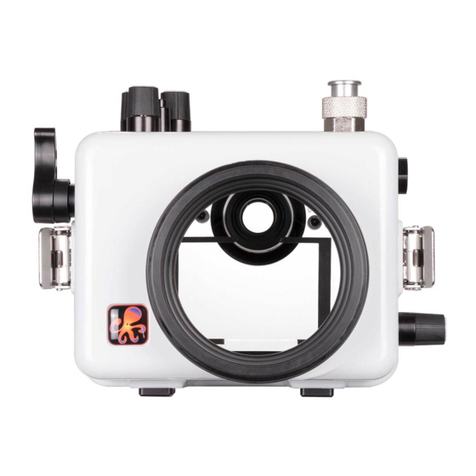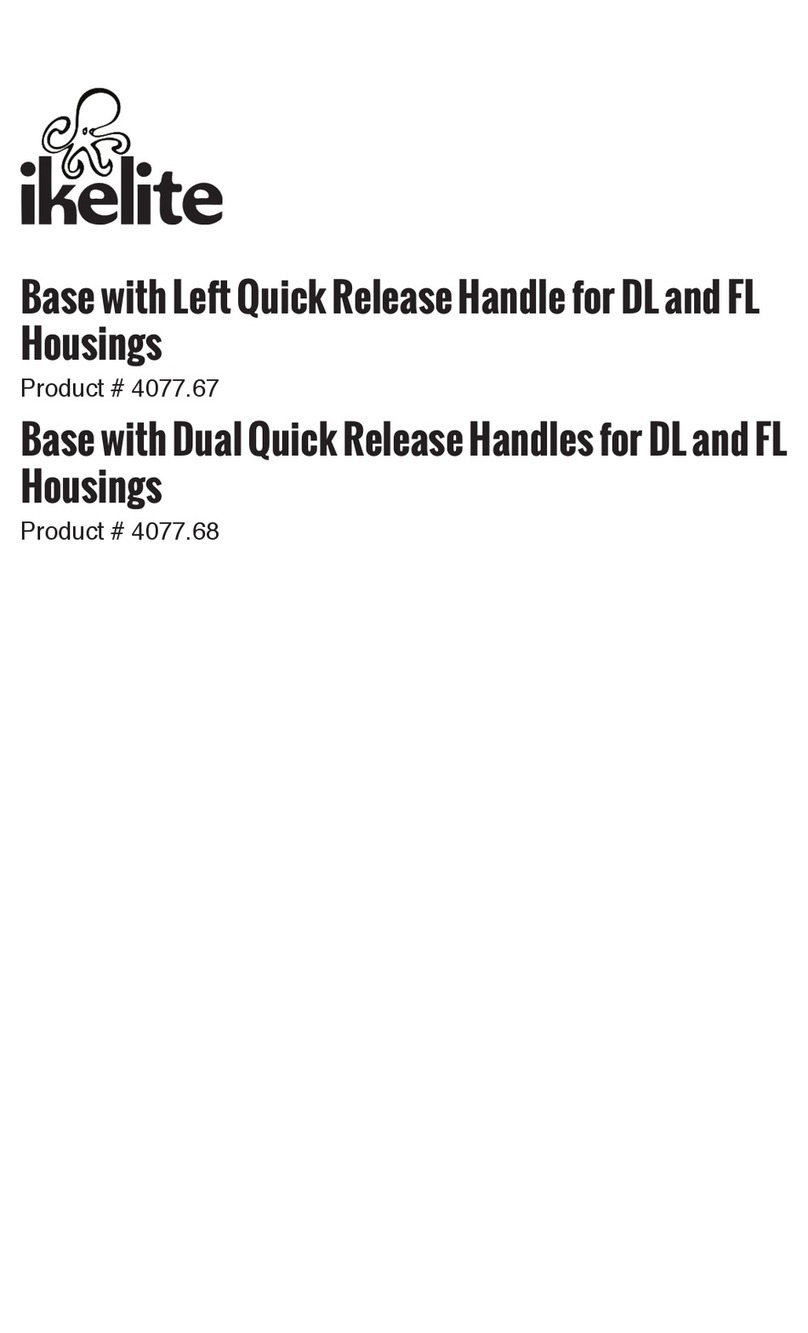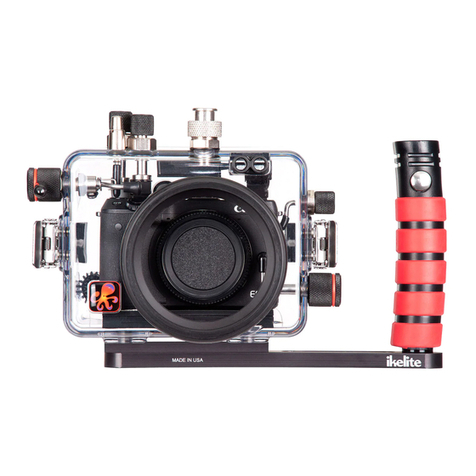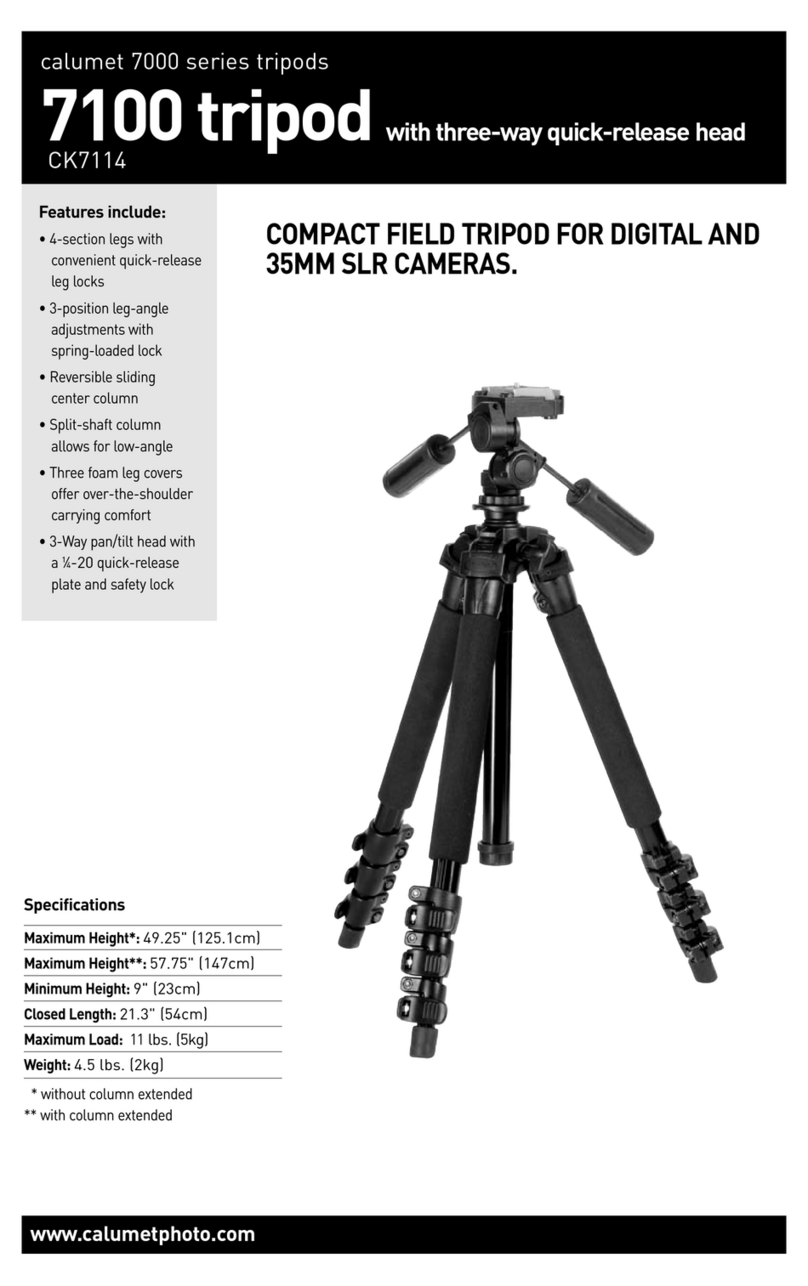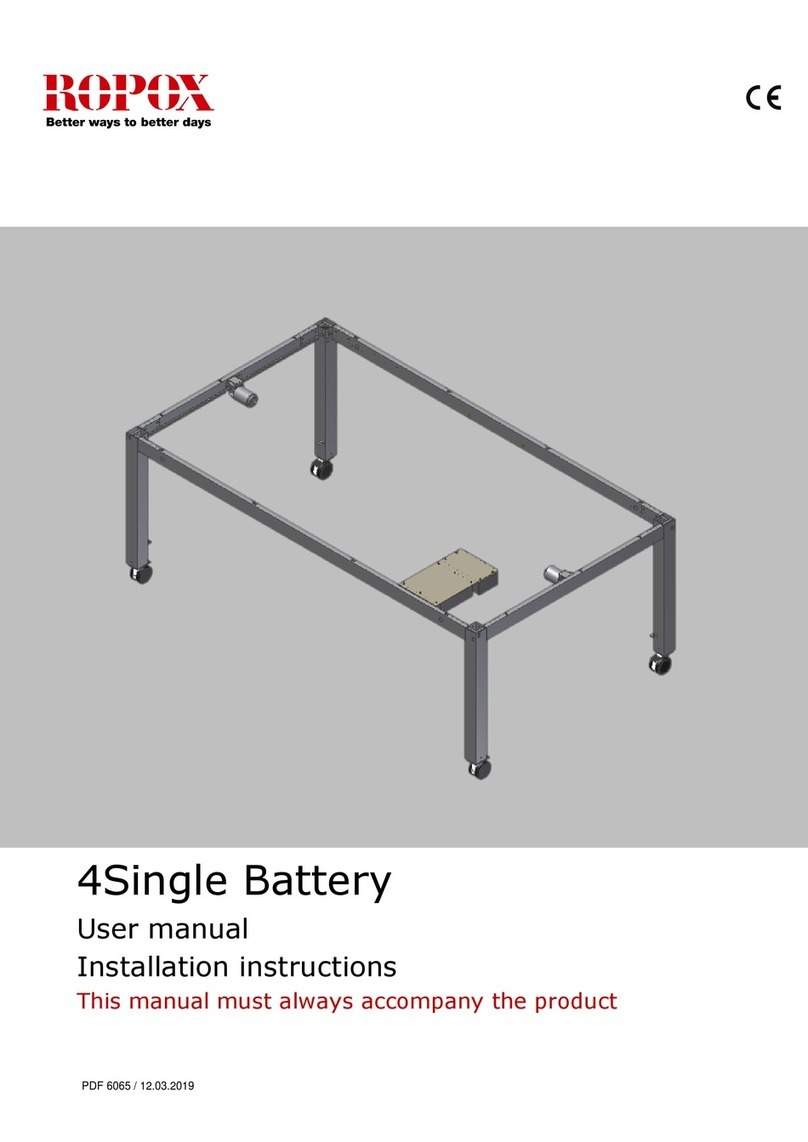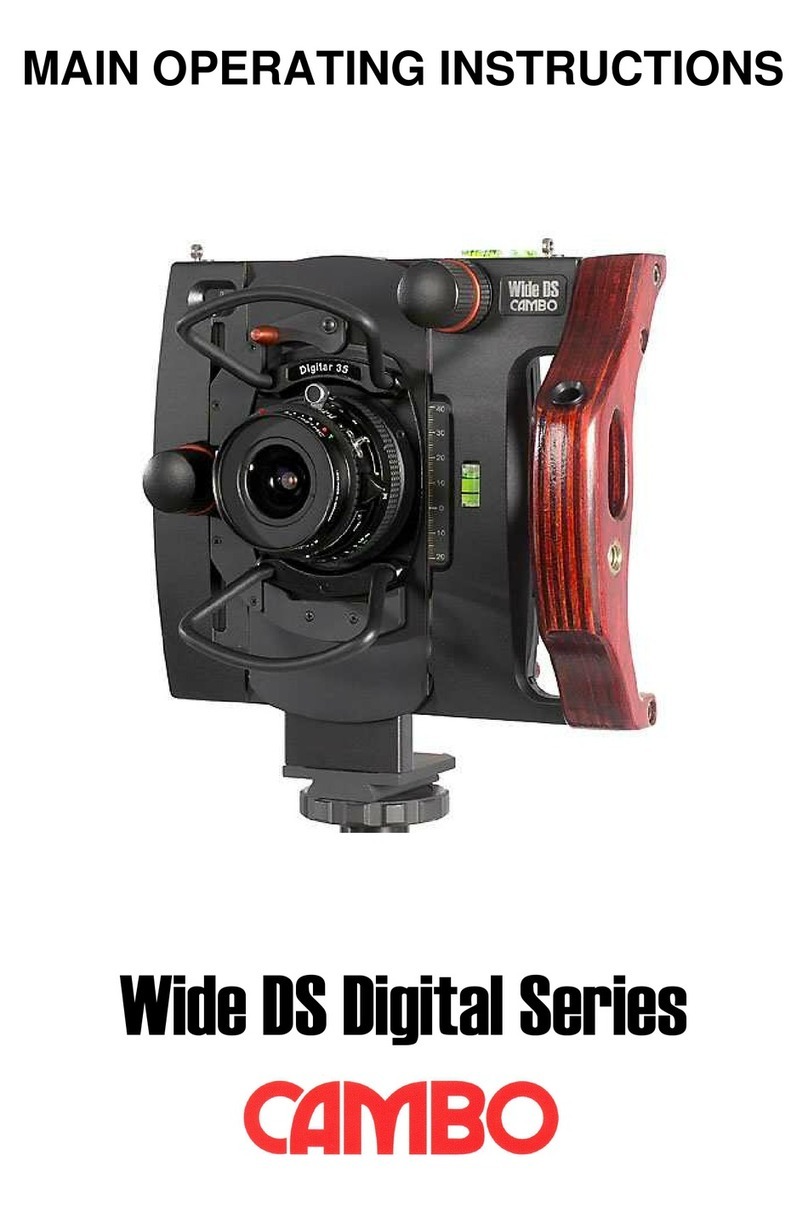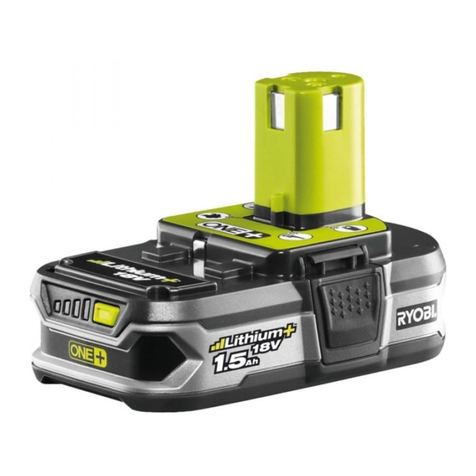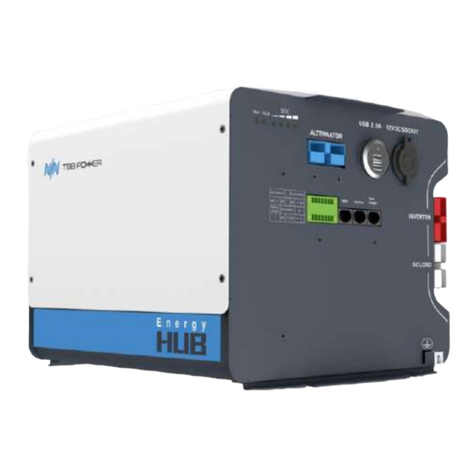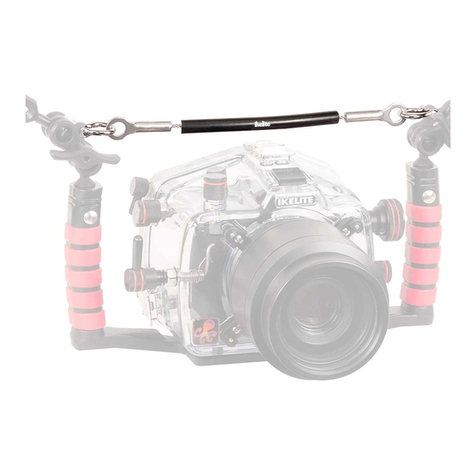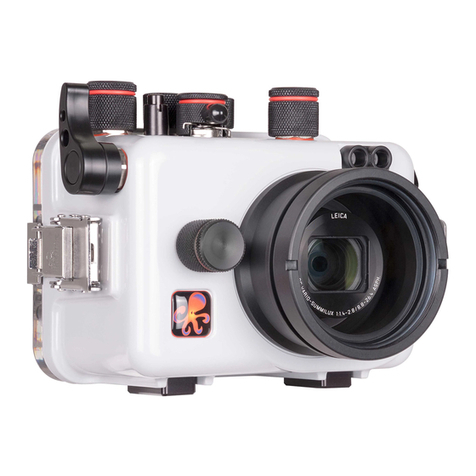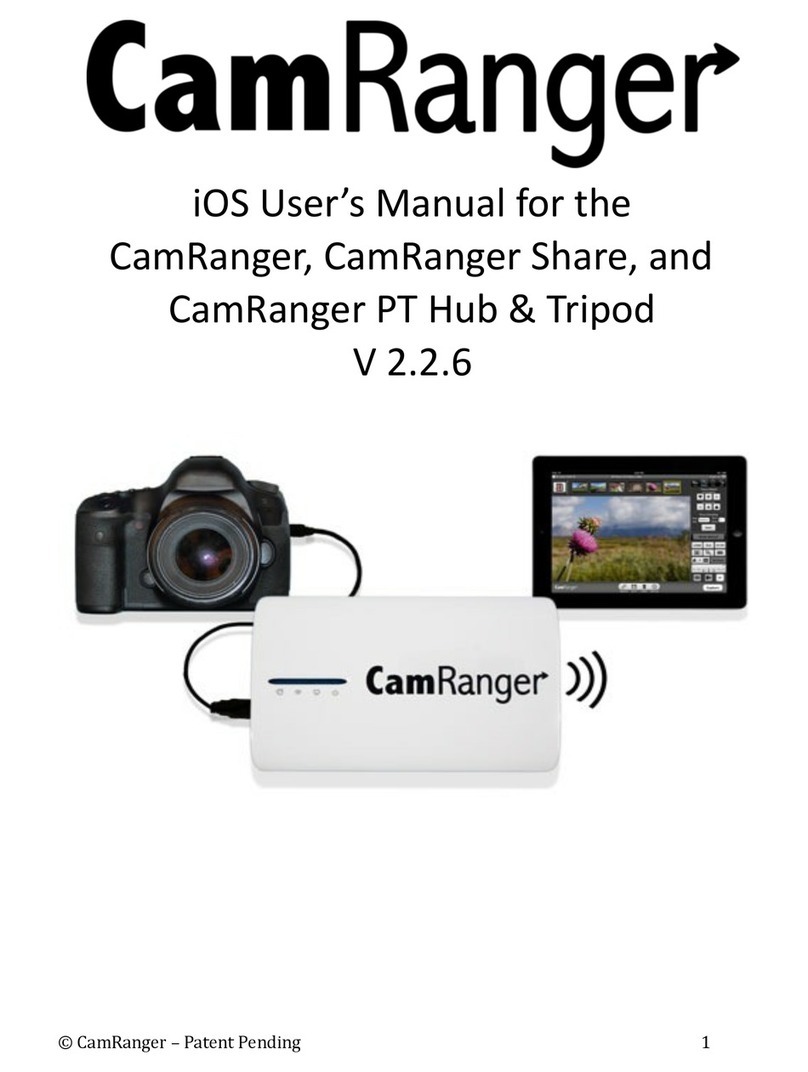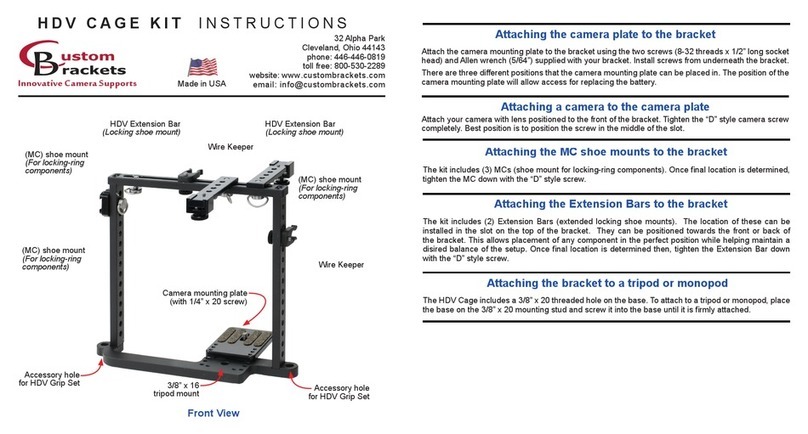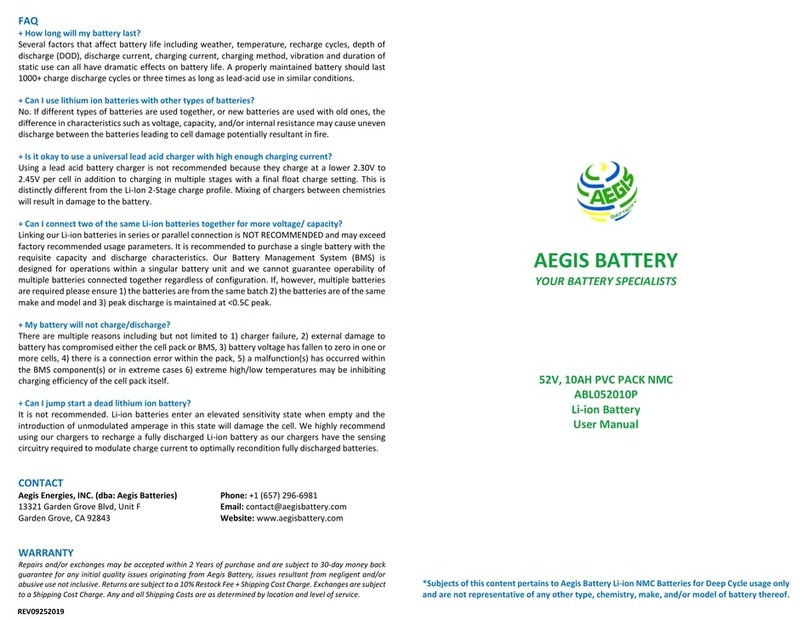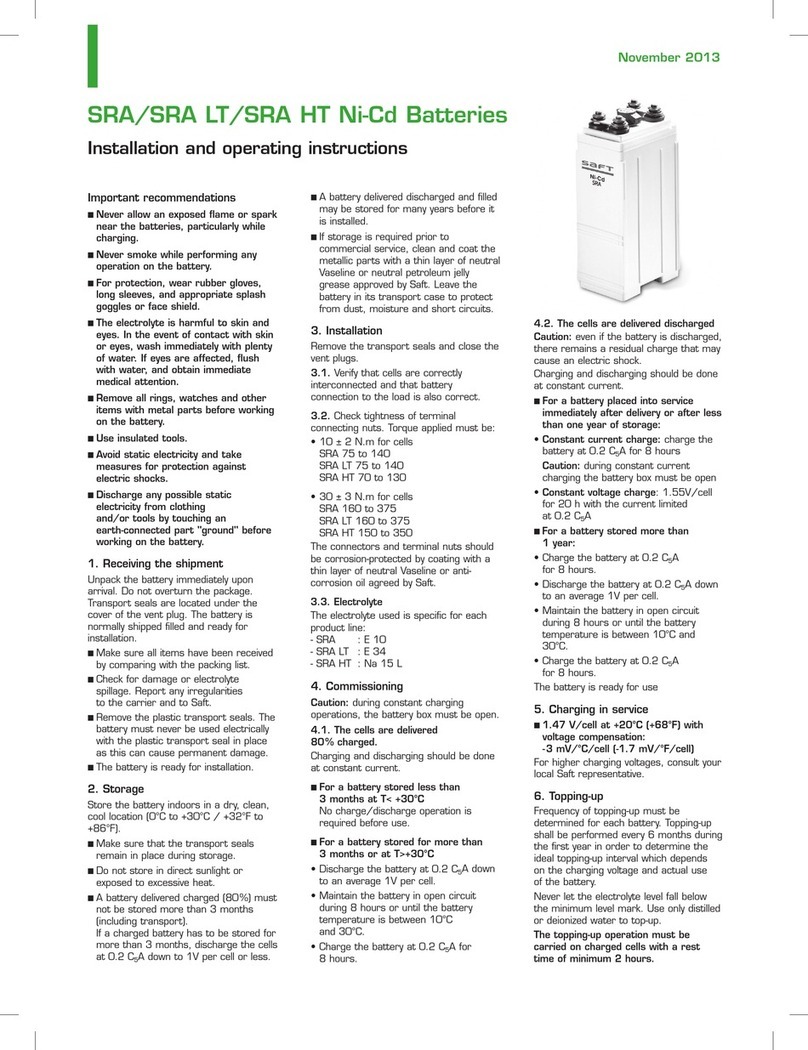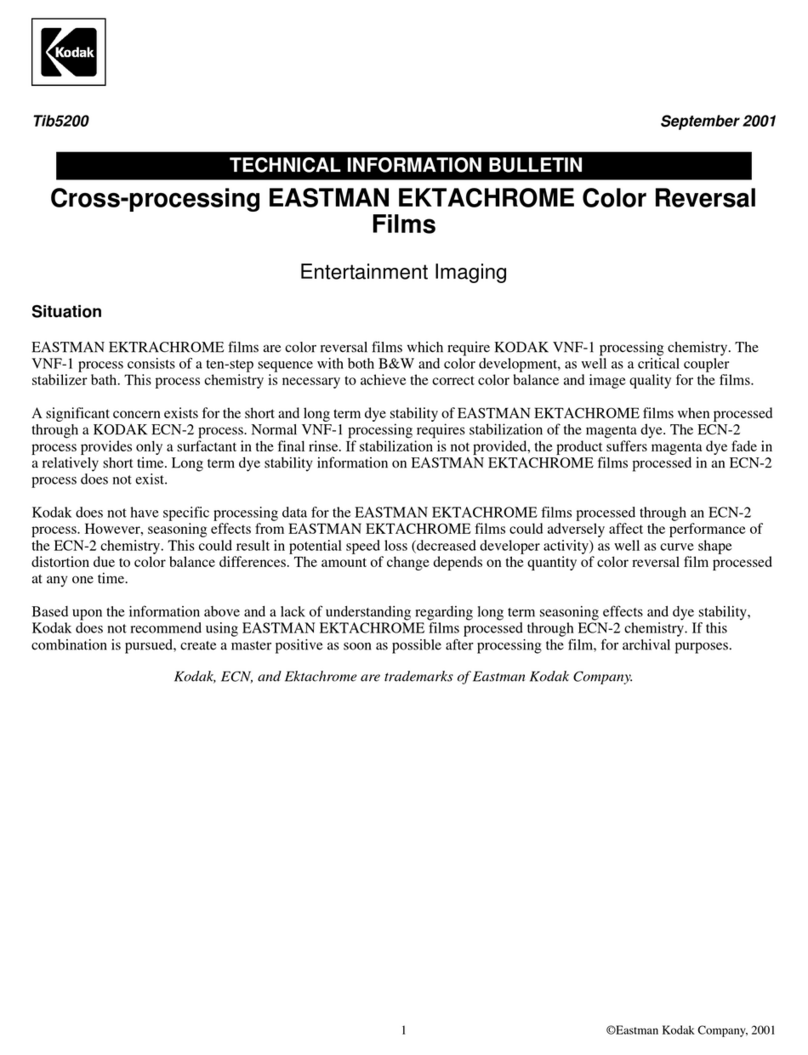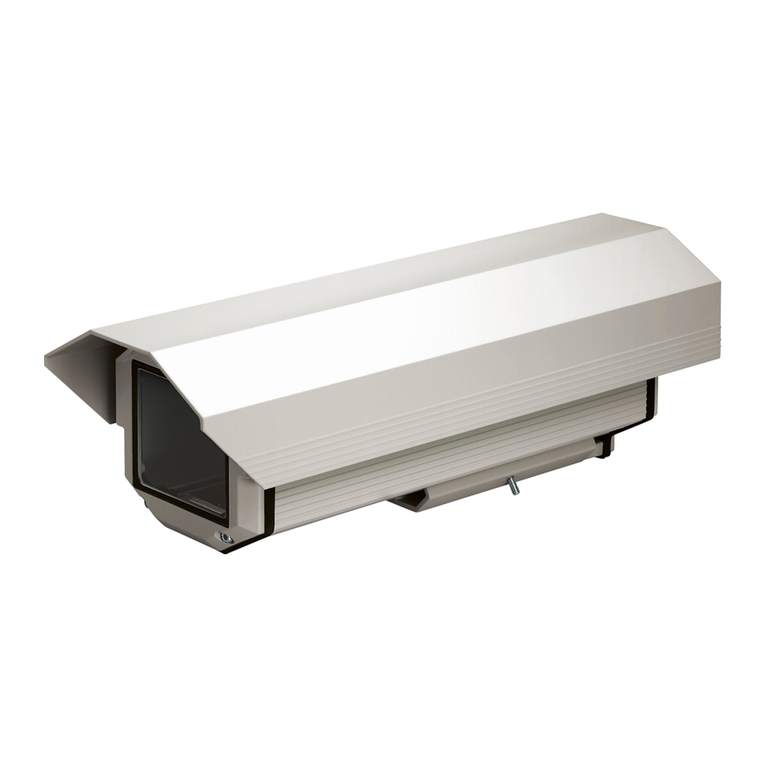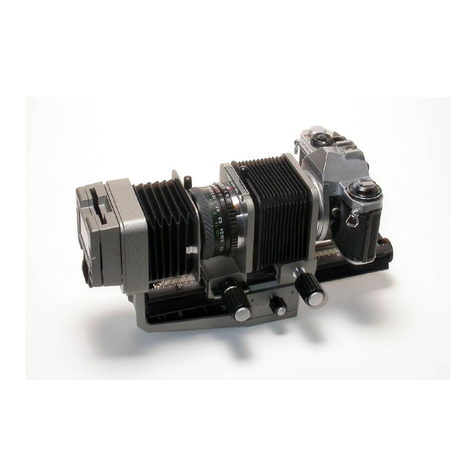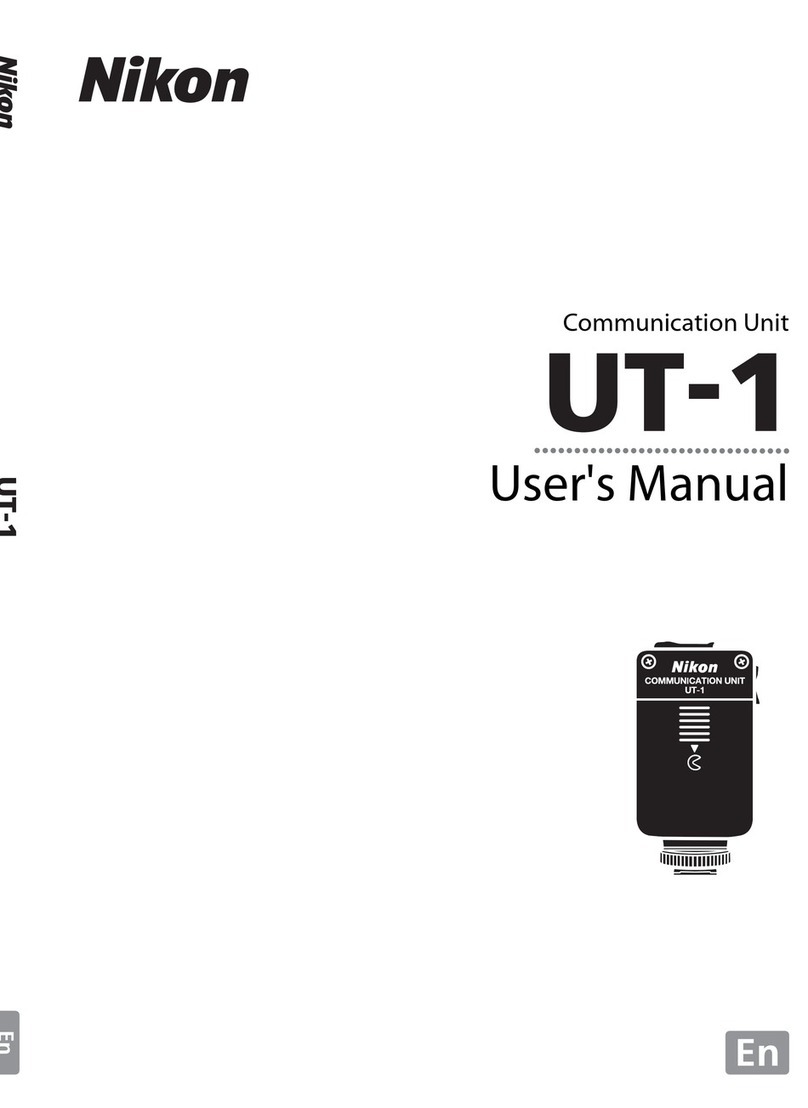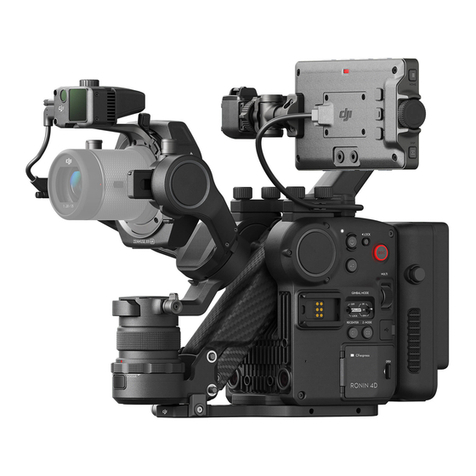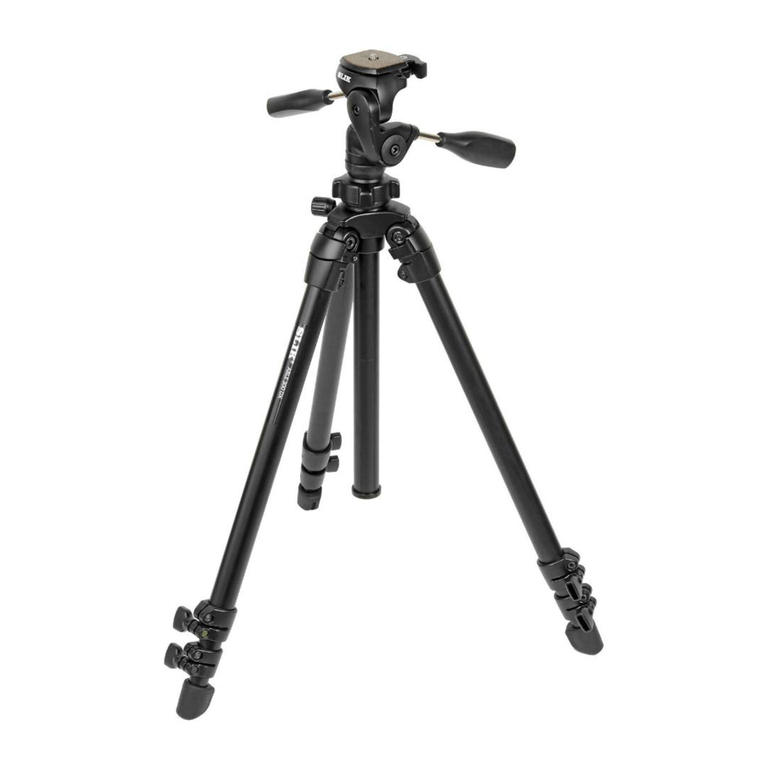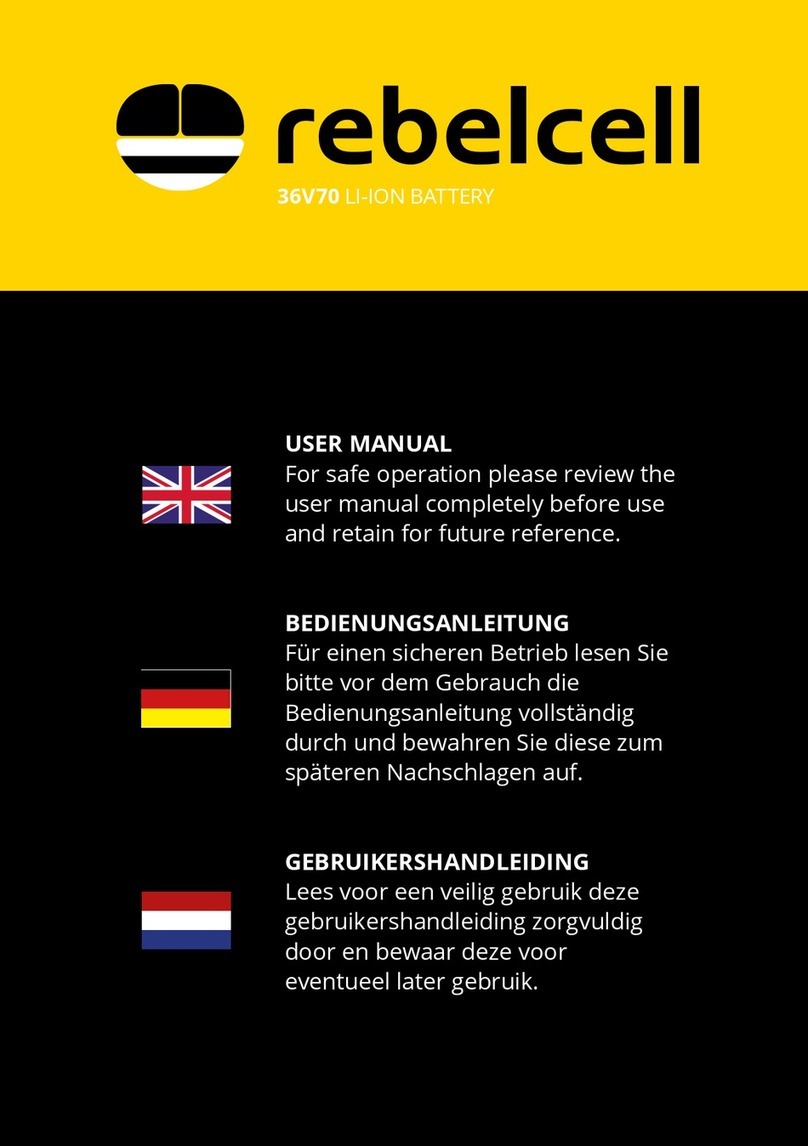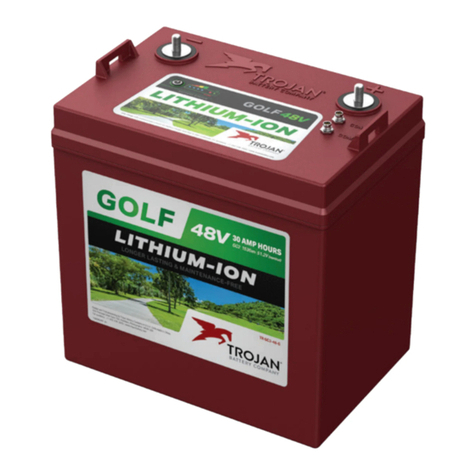
17
P
Ph
ho
ot
to
oT
Ti
ip
ps
s
1. The number one rule in underwater photography is eliminate as
much water between camera and subject as possible. Get as
close as you can to the subject, then use the zoom. If you are
using flash, subjects beyond 6 feet (1.8m)will not have much
color.
2. The camera’s built-in flash is very close to the camera lens. The
flash can light up any suspended particles in the water and they
can be recorded in your picture. This effect is called backscatter.
To eliminate as much backscatter as possible, photograph close.
Photograph in clear water; do not stir up the sand or silty
bottom. If backscatter becomes a problem in the environment
you are photographing, an external flash will help eliminate
much of the backscatter.
3. Digital cameras have a slight lag time between when you press
the shutter release button and the camera actually takes the
picture. Hold the camera steady a second or two after pressing
the shutter release button.
4. Do not shoot down on subjects as they will quite often blend
into the background and be difficult to see in the photograph.
Shoot subjects straight on or shoot up at a slight angle using
the blue water as a contrasting background.
5. Underwater flash is used to restore the warmer colors filtered
out by the water as well as to illuminate the subject. When
photographing underwater, set the camera to use flash on
every shot. If the camera’s flash is set to AUTO and the sun is
behind your subject, the camera may see enough light that it
does not fire the flash. With the sun behind the subject the
subject is shaded (dark) and needs flash for a good exposure.
continued on next page
18
P
Ph
ho
ot
to
oT
Ti
ip
ps
sC
Co
on
nt
t.
.
6. Using daylight or flash each person has their idea of what is the
correct exposure. Since these opinions vary you may want to
adjust your camera for what you like exposure wise. Many
cameras allow you to adjust both available light and flash
exposure with an EV control.
7. Many photographers transfer their images to the computer
where they can fine tune the appearance of the image. Many of
the image manipulation programs make you think you can
magically correct any image taken and make a good picture.
One thing to remember when using image manipulation
programs, if the image is overexposed much of the color is
missing. If the color is missing you cannot adjust it. If images
are underexposed the color is there, it is just dark and you can
adjust it to some degree. So if you error in exposure it is better
to have the image slightly underexposed than over exposed.
I
Ik
ke
el
li
it
te
eL
Li
im
mi
it
te
ed
dW
Wa
ar
rr
ra
an
nt
ty
y
All Ikelite products are warranted against any manufacturing
defects for a period of one (1) year from the date of purchase.
Defective products should be returned prepaid to Ikelite. Ikelite
will, at its discretion, repair or replace such products, and will
return to customer prepaid. All other claims, of any nature,
including but not limited to bulb failure are not covered. Except as
mentioned above, no other warranty expressed or implied, applies
to this Ikelite product.
R
Re
et
tu
ur
rn
ni
in
ng
gP
Pr
ro
od
du
uc
ct
ts
sf
fo
or
rS
Se
er
rv
vi
ic
ce
e
Ikelite is most interested in preforming any service to assure that
all products perform as intended. For repair or service, return
the product to the address below with your name, address,
phone number and a brief description of the problem. Evidence
of purchase date must be provided to obtain warranty service.
I
Ik
ke
el
li
it
te
eU
Un
nd
de
er
rw
wa
at
te
er
rS
Sy
ys
st
te
em
ms
s
5
50
0W
W3
33
3r
rd
dS
St
tr
re
ee
et
t
I
In
nd
di
ia
an
na
ap
po
ol
li
is
s,
,I
IN
N4
46
62
20
08
8U
US
SA
A
3
31
17
7-
-9
92
23
3-
-4
45
52
23
3
e
em
ma
ai
il
l:
:i
ik
ke
el
li
it
te
e@
@i
ik
ke
el
li
it
te
e.
.c
co
om
m
w
ww
ww
w.
.i
ik
ke
el
li
it
te
e.
.c
co
om
m
D
Di
ig
gi
it
ta
al
l6
61
13
32
2.
.5
50
0-
-0
01
1-
-1
12
20
05
5
16
G
Ge
en
ne
er
ra
al
lT
Ti
ip
ps
s
1. Due to the power required to operate the camera, flash, and
LCD screen it is a good idea to start each dive with a fresh set of
batteries.
2. Some cameras reset their flash to AUTO when the camera is
turned on. If you prefer another setting be sure to select it.
3. As soon as you enter the water, take a moment and check the
housing to see that it is properly sealed.
4. Next, check to see if there are any bubbles on the face of the
lens port. If there are, take your finger and remove them. If
there are bubbles on the lens port they can produce soft focus
spots in your photographs.
5. If you use the housing Zoom control, make sure to move it back
to the center position. If the housing Zoom control is pushing
the camera zoom lever to either side the camera will not
function. (See page 6)
N
NO
OT
TE
E
6. If you are shooting with the camera’s built-in flash at
approximately 2 feet (0.6 m) or less, zoom the lens to
maximum telephoto. The lens port on the housing blocks a
portion of the light from the camera’s built-in flash when
shooting close up. If you do not zoom to maximum telephoto, a
shadow may appear in the lower left corner of close-up
photographs.
(You can test this above water)
To shoot wide angle photographs closer than 2 feet (0.6m), you
need to use a preflash compatible external strobe such as the
DS51 or DS125. With an external strobe you can position it so
nothing blocks the light path between the strobe and the
subject.
